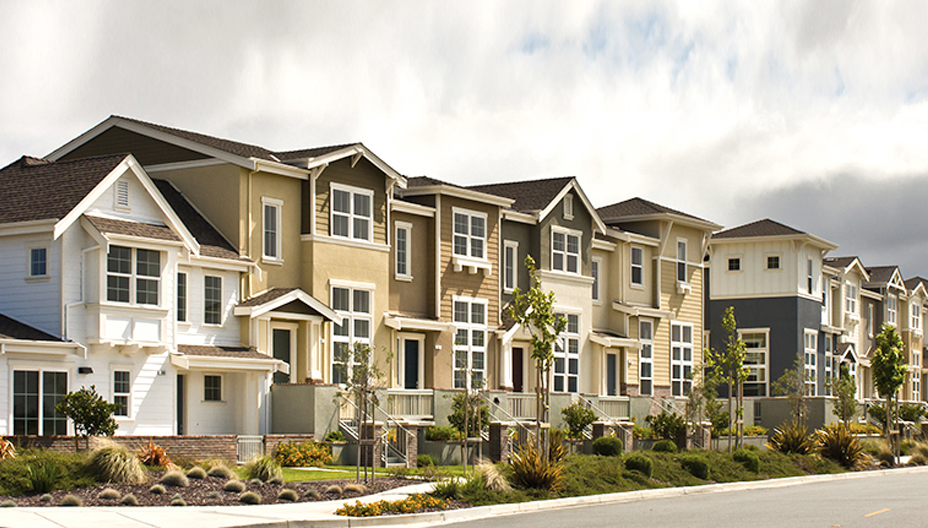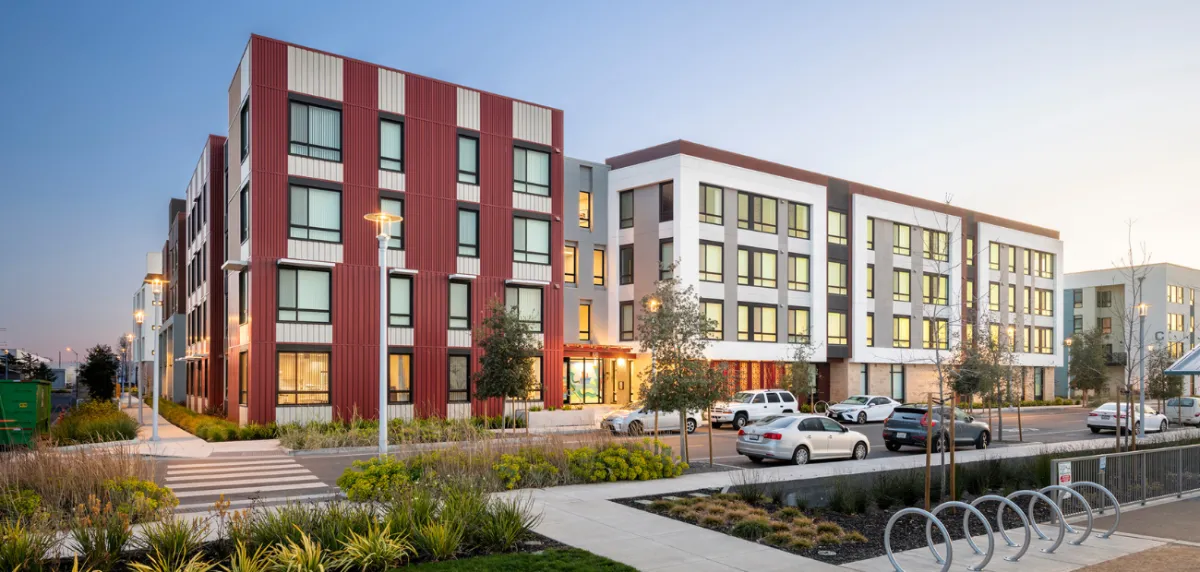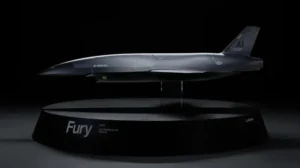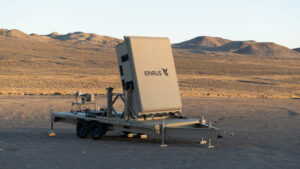Aug 01, 2019
Research Summary
David Bodamer | Aug 23, 2019
The current real estate cycle is stretching into its second decade—with no clear end in sight. While there have been hiccups in some segments (we’re looking at you, retail), multifamily has been a rock. And despite being the favored asset type of many classes of investors, driving cap rates ever lower, the sector’s fundamentals have held up. To modify a phrase from Arrested Development’s George Bluth, there’s always money in multifamily.
For six years we’ve been tracking sentiment in the sector as part of our NREI Research Series. In fact, the response to and success of our annual multifamily research reports is what led us to expand the effort into other property types and topics. In that time, sentiment among respondents for multifamily has always been bullish. Yet that enthusiasm has moderated some from year to year. The big takeaway in this year’s edition is that optimism has ticked back up after dipping some in 2018.
For example, when asked to rate the attractiveness of the major commercial real estate property types on a scale of 1 to 10, multifamily’s score went up from 7.7 to 7.9 in this year’s survey. Meanwhile, the industrial’s score fell from 7.7 to 7.5. So, the two sectors went from being tied at the top a year ago to multifamily now having a 0.4 point edge. Meanwhile, both sectors sit well ahead of the other three property types, with hotels (5.9), office (5.8) and retail (4.8) all coming in more than two points lower than multifamily’s rating.
As one reader wrote in an open-ended response, “The situation is normal. Deals can be found when you look hard enough and perform the due diligence.”
The investment climate
David Bodamer | Aug 23, 2019
In a sign of where we are in the overall cycle, the highest percentage of respondents in the six years of completing the survey said they plan to “hold” in the multifamily sector in the next 12 months, 47.1 percent in all. That was up from 44.0 percent in 2018.
Meanwhile, the percentage saying they would “buy” fell from 41.0 percent in 2018 to 37.4 percent this year. The “buy” number had peaked in our initial survey in 2014 at 55.0 percent. Even two years ago it was still at 47.3 percent.
The percentage of those saying they would “sell” was low, but ticked up slightly from 14.0 percent in 2018 to 15.5 percent this year. In fact, that is the highest percentage of respondents saying they planned to sell in any of NREI’s multifamily surveys.
That planned behavior correlates with respondents’ expectations on where cap rates are going in the next 12 months. Overall, 53.9 percent of respondents said they expect cap rates to rise in the next year. That’s down considerably from 69.0 percent in 2018. Meanwhile, 29.0 percent said they expect no change and 17.1 percent said they think cap rates will decrease in the next 12 months.
Aside from industry fundamentals, another factor that could be driving current sentiment on multifamily investment is the state of interest rates. Whereas for years the expectation was that interest rates had nowhere to go but up, now respondents are split as to whether interest rates will keep rising or if they have peaked. A year ago, 90 percent expected interest rates to rise. And that is what happened with the Federal Reserve adjusting its target rate several times. Fast forward to today and only 44.7 percent of respondents in this year’s survey expect further interest rate increases. Now, instead, 46.0 percent of respondents expect them to remain flat. And a minority, 9 percent, even said they expect interest rates to decrease. (Last year only 2 percent expected interest rate decreases.)
In concert with interest rates, respondents also expect stability when it comes to the risk premium (the spread between risk-free 10-year Treasuries and cap rates). Overall, just more than half of respondents (53.0 percent) expect the risk premium to remain stable, while 39.8 percent expect it to increase. Only 8 percent expect the premium to decrease.
Development and leasing
David Bodamer | Aug 23, 2019
On the development front, concerns about overdevelopment in the sector abated some from a year ago. A year ago, more than two-fifths of respondents (43.0 percent) said there was “too much” development occurring vs. 35.0 percent who said it was the “right amount” and only 12.0 percent who said it was “too little.” This year the “too much” number dropped by 8 percentage points to 35.2 percent, while the number of those saying “right amount” ticked up to 38.3 percent. And the “too little” sentiment ticked up more than 4 percentage points to 16.4 percent.
In answer to an open-ended question asking for their thoughts, some respondents did still identify overdevelopment as a long-term concern.
“There seem to be many new owner/investors getting into this market that believe rents will never go down,” one respondent wrote. “At some point overbuilding will catch up with population growth, forcing rent decreases to maintain occupancy levels.”
Another concern that popped up in a few respondents’ answers was overall affordability.
“I believe that a number of cities are facing this dilemma and at some point we may have vacancies not because of not having enough people, but because many just simply cannot afford what is out there and the current costs of construction are so high,” the respondent wrote. “I suspect some form of shared housing will be the next step.”
Indeed, co-living properties are popping up in markets across the country. Often, these projects mix more conventional studios and one-bedroom apartments with suites of rooms designed for roommates. One example is co-living operator Ollie’s Alta+ project located in the Long Island City neighborhood of Queens, N.Y. The 422 beds at Alta+ include studio apartments and suites of bedrooms rented out to roommates.
Sentiment on occupancies swung to being considerably more favorable than it was a year ago. In all, 50.3 percent of respondents believe occupancy rates will rise over the next 12 months, up from 41.0 percent in 2018. Meanwhile, only 22.2 percent said they think occupancies will fall (down from 26.0 percent who answered that way last year). Another 27.8 percent said there would be no change, down from 33.3 percent in 2018.
The same thing was true when it came to rents, with 73.3 percent who said multifamily rents will increase in the next 12 months. That’s in-line with the number from 2017 and up from the 66 percent who said rents would rise in last year’s survey. Conversely, while almost one-fifth of respondents last year (19.0 percent) said rents would decrease, that number dipped to just 12.2 percent this year. Another 14.5 percent said they expect no change.
Capital availability remains stable
David Bodamer | Aug 23, 2019
Respondents also continue to have optimistic views on the availability of capital for multifamily properties—consistent with past surveys. Most respondents (45.0 percent) believe the amount of equity available for multifamily is the same as it was 12 months ago. Only 17.5 percent said equity is less available, while 27.5 percent said equity is more widely available. Those numbers were virtually unchanged.
Views on availability of debt are similar, although slightly more bullish. In all, 56.6 percent said debt availability is unchanged from a year ago (up from 46.0 percent in 2018), while only 15.3 percent said it is less available (down from 28.0 percent in 2018). Another 22.3 percent said it was more widely available (essentially unchanged from 21.0 percent a year ago).
Respondents are accessing debt from a variety of sources. When asked to rate their use of sources of capital on a scale of 1 to 10, with 1 being no use and 10 being a significant source, most are likely to seek loans from Fannie/Freddie, with a mean score of 7.1. Local/regional banks and national banks rated the next highest, with a mean score of 6.6. Institutional lenders came in next at 6.3.
When asked about anticipated changes to financing for multifamily over the next 12 months, nearly three-fourths of respondents expect loan-to-value (LTV) and debt service coverage (DSC) ratios to remain the same, at 72 percent and 69 percent respectively (up from 58 percent and 59 percent respectively in 2018). Only 11.8 percent said LTV ratios would increase and another 16 percent said they would decrease. For DSC ratios the numbers were 20.5 percent increase and 11 percent decrease.
When asked to rate the strength of the multifamily market by region, respondents rated the South as the strongest area of the country at a 7.8 out of 10 (up from 7.7 in 2018). For the first time in the six surveys, the South’s score topped the West’s. The West came in second at 7.7, down from 7.9 in 2018. The East was third at 7.3 (down from 7.5 a year ago), while the Midwest continued to be the lowest-scoring region. This year it came in at 6.4, down from 6.7 in 2018. It’s the lowest score of any region in the survey’s history.
Strong economies are quickly filling new apartments in Southeast cities, including Charlotte, N.C., Nashville, Tenn. and Atlanta.
“The Southeast’s major metros have posted terrific apartment sector performance during this cycle,” Greg Willett, chief economist for RealPage Inc., a provider of property management software and services based in Richardson, Texas, told NREI in May. “Investment returns have rivaled the results generated in traditionally favored gateway markets, without the volatility sometimes seen in this part of the country during the past.”
Apartment rents are also growing quickly, rising 5.4 percent on average in Atlanta over the last 12 months, 4.1 percent in Charlotte and 3.2 percent in Nashville, according to RealPage.
In a write-in answer, one respondent identified demographic change as a risk for the sector going forward.
“Do millennials stay urban/renting or move out to the suburbs and buy as their home dynamics shift? How successful are the baby boomers at offloading their homes and potentially moving into the rental pool when much of the ‘move-up’ equity was lost by Gen X in the last cycle? Finally, what are Gen Z’s preferences and are current surveys that show them to be more frugal accurate?” the respondent wrote. “If so, they may not be there to backfill class-A units as professional millennials move to the burbs. The bifurcation between luxury and workforce housing will widen from a fundamental perspective, as all of the supply increase is focused on a relatively thin pool of renters in the luxury segment.”
https://www.nreionline.com/research-summary “SOURCE: National Real Estate Investor”











